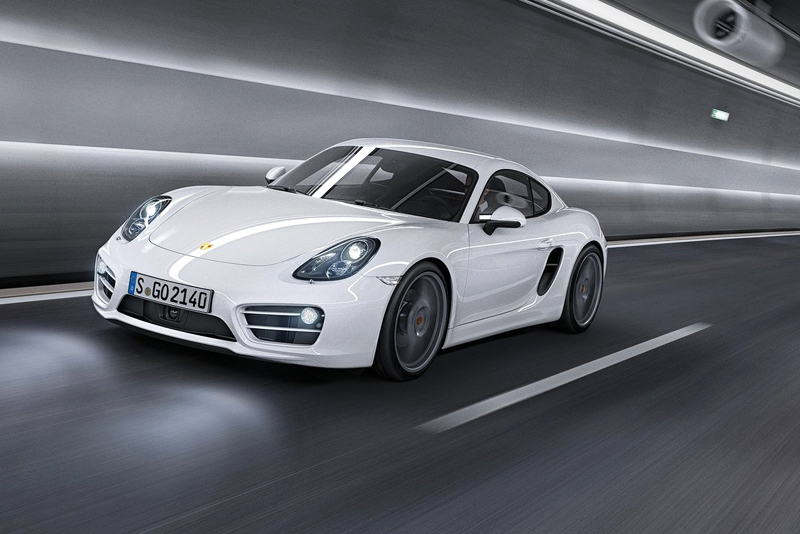Following the launch of the new Boxster, Porsche is rolling out the new Cayman shortly after. The new german mid-engine coupe promises to be lighter and more fun to drive.
The new Cayman is up to 30 kg lighter, depending on the specific model and equipment, and it consumes up to 15 per cent less fuel per 100 km than the previous model - despite the better performance.

The body of the new Porsche Cayman is an entirely new development based on the body-in-white of the Boxster. The results: The bottom line is that innovative lightweight body design with mixed aluminium-steel construction has reduced body-in-white weight by around 47 kg. At the same time, the car's static torsional rigidity was boosted by 40 per cent. In other words, the Cayman drives more precisely than ever before.

Extra features, larger glass surfaces and larger wheels offset some of the weight savings, yet the DIN weights of all sport coupés are lighter than those of previous models, and a standard Porsche Cayman S weighs 30 kg less.

In its new lightweight body design, Porsche only uses steel where it is essential. On the other hand, wherever lightweight metals can be used, they are the preferred choice. For example, die-cast aluminium, aluminium sheet, magnesium and high-strength steels are used, and all materials are tailor-made for specific purposes in the body, ensuring very high rigidity values while minimising material usage. Around 44 per cent of the new Cayman body-in-white consists of aluminium, e.g. the front body, floor and rear body, the doors and the front and rear bootlids.

The Cayman is powered by a 2.7-litre flat-six cylinder engine with 275 bhp, six-speed manual transmission with the optional (more popular) seven-speed Porsche Doppelkupplungsgetriebe (PDK). Acceleration from 0 to 100 km/h is in 5.7 seconds, with PDK in 5.6 seconds (5.4 seconds with Sport Chrono package) and a top speed of 266 km/h, with PDK 264 km/h. CO2 figures are at 192 g/km for the manual and 180 g/km for the PDK.

The Cayman S runs on a 3.4-litre flat-six cylinder engine with 325 bhp, and accelerates from 0 to 100 km/h in 4.7 seconds with Sport Chrono package and PDK, with a top speed of 281 km/h. CO2 figures for the PDK is at 188 g/km.
